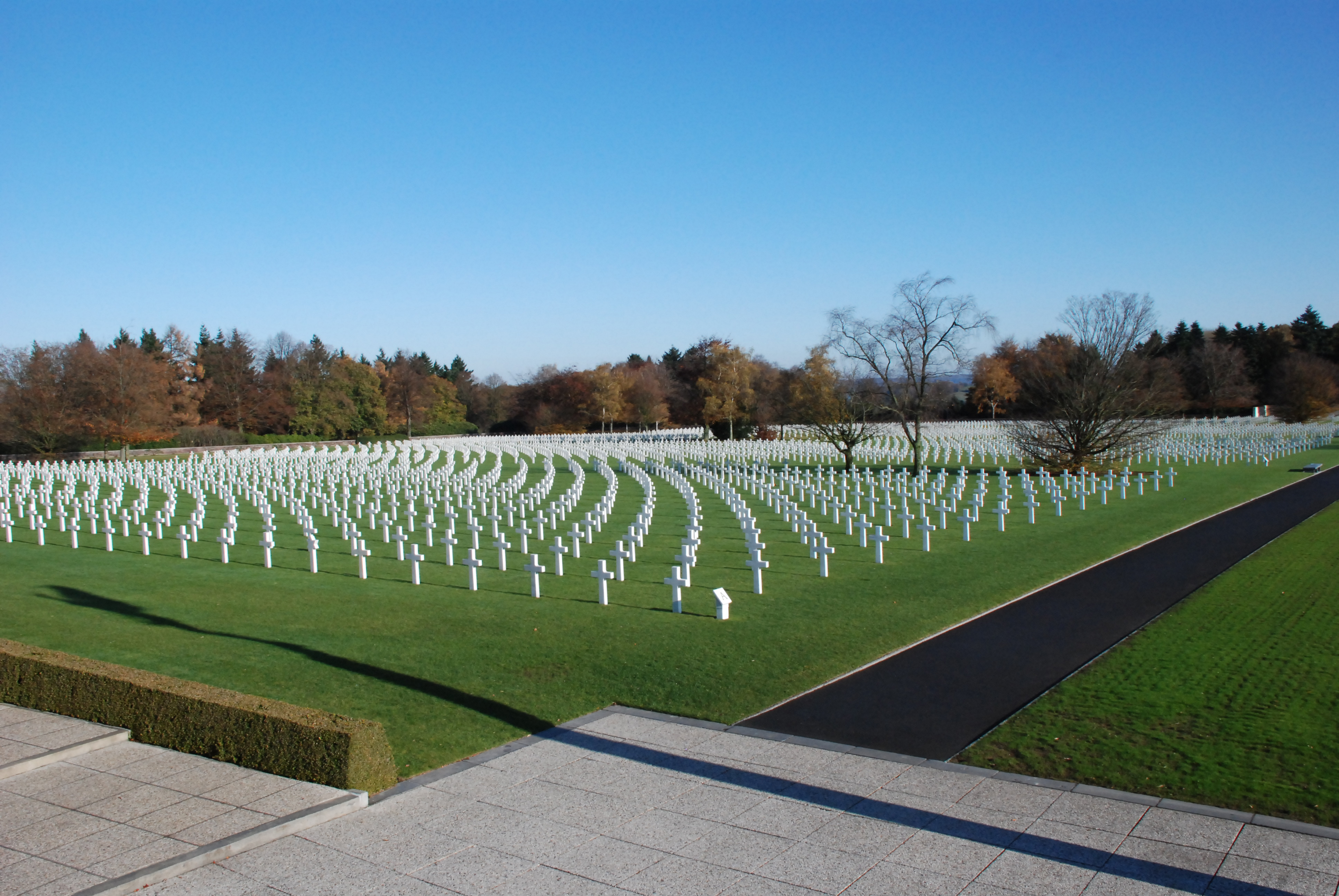Under pressure from Kluck’s German First Army, British II Corps retired from the engagement at Mons along the western side of Bois de Mormal. Progress was slow due to the fleeing refugees and the heat of a French August. On 26 August, General Sir Horace Smith-Dorrien thought that his men were near exhaustion, but during a 02:00 conference with General Allenby at his headquarters in Bertry, the decision was that the enemy was too close and that II Corps would have to stand and fight, contrary to orders from General Headquarters (GHQ). British forces formed a 16 km-long, broken line along the le Cateau-Cambrai highway from le Cateau to Beauvois. 5th Division, augmented by 19th Brigade, was crowded on a hill southwest of le Cateau between the Selle River and Chaussée Brunehault. The open country around le Cateau was more conducive to the use of artillery than the built-up towns and slag heaps around Mons, and the Germans had a distinct advantage in artillery.
14 Battle of Le Cateau: 26 August 1914
Département: Nord
Country: France
A French Battlefields “Virtual Battlefield Tour”
Summary: At 06:00 on 26 August, German guns began to roar out of the heavy mist along the entire British line, while German 14th Brigade infantry, entering the gap between Smith-Dorrien’s II Corps and Haig’s I Corps, passed through le Cateau and moved south down the valley of the Selle River. II Corps’ right flank was to have been covered by General Haig’s I Corps, but Haig was delayed due to fighting his own minor action at Landrecies on the previous day.
5th Division artillery had been pushed forward to only 200-400 meters behind the infantry and engaged German artillery east of Le Cateau. Outnumbered and outgunned, the British batteries slowly started to fade. The 11th Battery, Royal Field Artillery was a particularly hard hit target of German gunners. By 10:00, all of its officers were casualties and only one of its six guns remained operational.
View Battle of Le Cateau: 26 August 1914 – A Virtual Battlefield Tour by French Battlefields (www.frenchbattlefields.com) in a larger map

